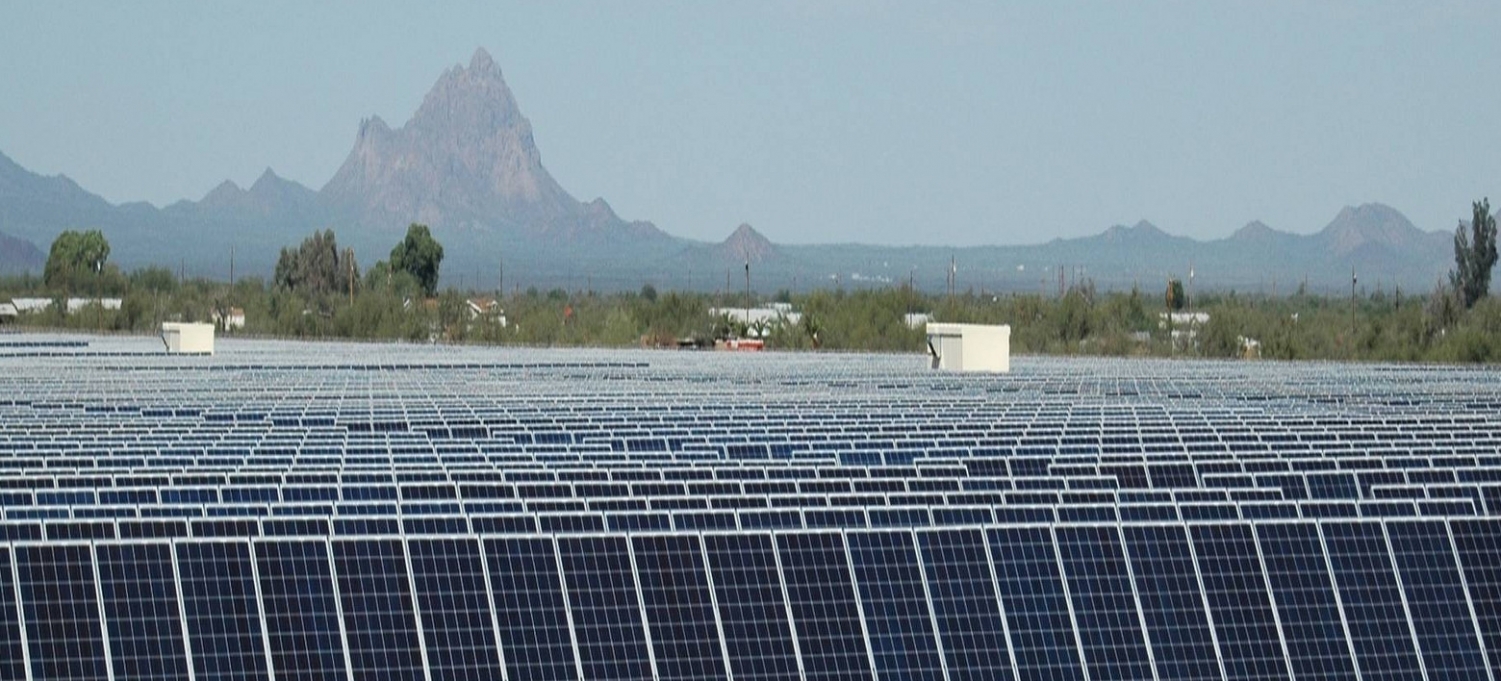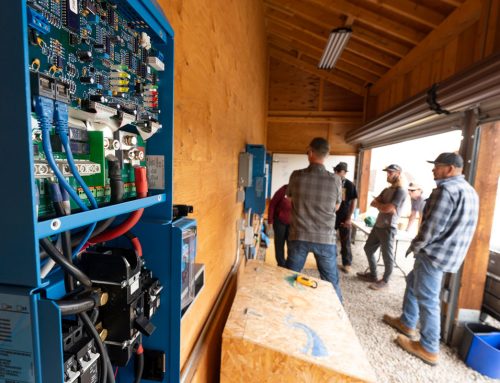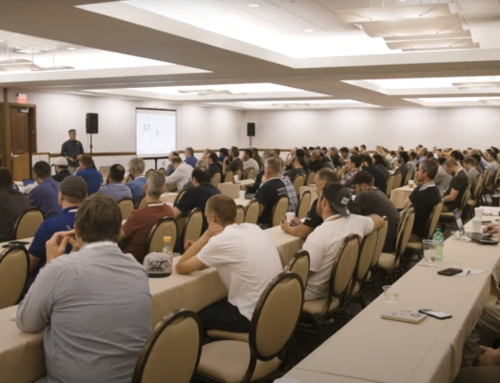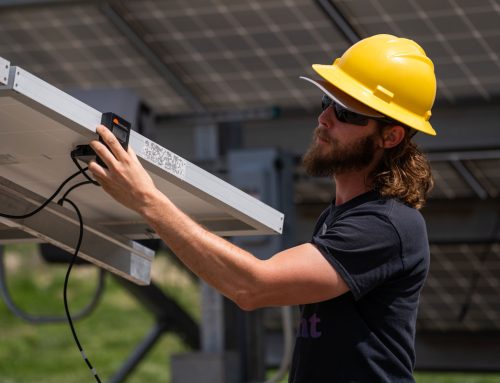This course will provide an overview of the three basic PV system applications, primarily focusing on grid-direct systems. The goal of the course is to create a fundamental understanding of the core concepts necessary to work with all PV systems, including: system components, site analysis, PV module criteria, mounting solutions, safety, and commissioning. The course will also cover the basics of sizing a residential grid-direct system, wire sizing, overcurrent protection, and grounding.
Register Today >>
 Taught by long time SEI Instructor and solar guru – Jay Pozner. The pursuit of independence ultimately led Jay to the field of Renewables. Coming from a career as a mountain guide and educator, it only felt right to understand the world away from the grid. A workshop with SEI laid the foundation, and from there things just fell into place. Eventually, partnered with his wife Lena, they founded Nunatak Alternative Energy Solutions based in the Elk Mountains of Crested Butte, Colorado. Specializing in remote off-grid system installation and design, the mountain environment taught them many lessons in dealing with harsh environments. The challenge and creative problem solving involved in design and implementation of these systems has made a passion out of a career. Being a contract workshop instructor for SEI since 2006 has allowed Jay to dovetail his time as an educator with practical real-world experience.
Taught by long time SEI Instructor and solar guru – Jay Pozner. The pursuit of independence ultimately led Jay to the field of Renewables. Coming from a career as a mountain guide and educator, it only felt right to understand the world away from the grid. A workshop with SEI laid the foundation, and from there things just fell into place. Eventually, partnered with his wife Lena, they founded Nunatak Alternative Energy Solutions based in the Elk Mountains of Crested Butte, Colorado. Specializing in remote off-grid system installation and design, the mountain environment taught them many lessons in dealing with harsh environments. The challenge and creative problem solving involved in design and implementation of these systems has made a passion out of a career. Being a contract workshop instructor for SEI since 2006 has allowed Jay to dovetail his time as an educator with practical real-world experience.
Students who complete the PV101 workshop will be able to perform the following:
- Differentiate between various renewable energy sources and types of systems
- Perform power and energy calculations
- Evaluate utility bills and rate plans, perform a load analysis for a grid-direct system, and compare system production to energy consumption
- Describe energy efficiency measures that can be implemented to reduce electricity usage and PV system size
- Analyze different net metering rules, rebates, and incentives that affect the final cost of a PV system
- Diagram and list the features, applications, and components of the following PV system types: DC direct, stand-alone, grid-direct, and grid-tied with battery back-up
- Obtain and apply specifications for PV modules and determine their performance given various environmental and operating conditions
- Identify various types of digital multimeters and explain how to use them safely
- Diagram and determine the power, current, and voltage characteristics of PV modules in different series and parallel configurations
- Determine the magnetic declination, define azimuth and altitude angle and evaluate the shade potential for a given site
- Estimate energy production of a PV system based on location specifics including orientation and tilt angle
- List the pros and cons of different mounting systems (ground, pole, roof, and trackers) and determine the number of modules that can fit in a given roof space
- Given specific site criteria, evaluate what type of inverter is appropriate
- Decipher balance-of-system equipment specification sheets to determine the critical information needed for system design
- Design a residential grid-direct system including the array, inverter, circuit conductors, and overcurrent protection
- Define equipment grounding, system grounding, and components and conductors used for grounding
- Identify the following wires and components on schematics of residential grid-direct systems: disconnects, inverter, equipment grounding conductors, ungrounded conductors, grounded conductors, the grounding electrode(s), and the AC and DC system grounds
- Identify potential safety hazards and the proper personal protective equipment for working on grid-direct PV systems
- List the order of installation, commissioning, and decommissioning of a grid-direct PV system
PV101 PREP:
This online component allows immediate access to start your solar education! Students receive access information shortly after registration for PV 101. PV 101 PREP enhances students’ learning experience and allows time to cover more information in the PV 101 course.
Students who complete the PV 101 PREP will be able to perform the following:
- Differentiate between various renewable energy sources and types of systems
- Perform power and energy calculations
- Perform a load analysis for a grid-direct system and evaluate utility bills and rate plans
- Implement electrical efficiency measures to reduce system size
The above objectives are covered in the mandatory PV101 PREP that must be completed before participating in a PV101 Solar Electric Design & Installation (Grid-Direct) workshop. PV101 PREP is an online, on-demand instructorless course, which will require approximately 10-15 hours to complete and will help you be successful in our PV101 workshop.
Both our in-person and online PV101 Courses cover the same curriculum with varying levels of hands-on experience offered in our in-person sessions. All PV101 in-person courses require completion of PV101 PREP online.
Solar Farm Photo Credit: Image courtesy of IBM Research, Flickr Creative Commons





